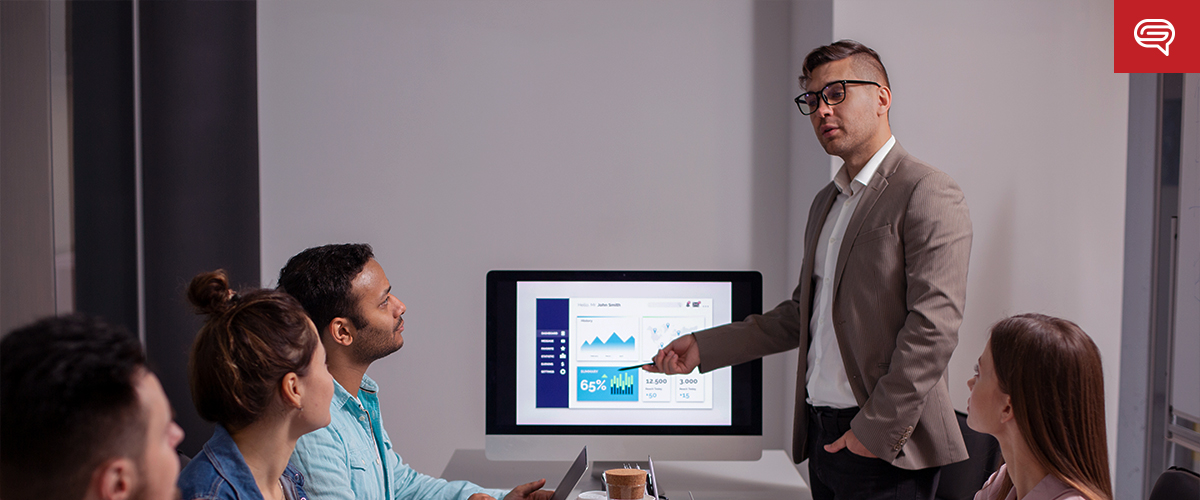
Small meetings play a vital role in fostering collaboration, decision-making, and efficient communication within teams. However, without proper organization and structure, these meetings can quickly become unproductive and time-consuming.
One powerful tool that can significantly enhance the effectiveness of small meetings is a presentation deck.
Need a Presentation Designed?
Click Here To View Our Amazing Portfolio
In this blog, we will explore the techniques to leverage a presentation deck to facilitate productive small meetings.
Understanding the Purpose and Audience
Before diving into the creation of a presentation deck, it is essential to understand the specific goals and objectives of the meeting.
Define the purpose clearly and identify the intended audience. By understanding their needs, expectations, and knowledge level, you can tailor your presentation deck to deliver the most relevant and impactful information.
Planning and Organizing the Presentation Deck
To ensure a smooth flow and coherent message delivery, careful planning and organization are crucial.
Begin by defining the main points and key messages you want to convey. Structure the presentation deck in a logical sequence, allowing for a clear progression of ideas. Additionally, select a visually appealing design and layout, ensuring that the content is concise and easy to understand.
Using Visuals and Graphics
Visuals are powerful tools that can enhance comprehension and engagement.
Incorporate relevant images, charts, and graphs to support your key points. Infographics and icons can effectively communicate complex information in a visually appealing manner.
Ensure consistency in the visual elements throughout the presentation deck, creating a cohesive and professional look.

Creating Engaging and Interactive Slides
Engaging your audience is vital to maintain their interest and focus.
Use storytelling techniques to draw attention and make your message more relatable. Additionally, consider incorporating interactive elements within your presentation deck, such as polls, quizzes, or Q&A sessions.
These features encourage active participation and keep attendees engaged throughout the meeting.
Keeping the Meeting Focused and Productive
Setting clear objectives and an agenda for the meeting is essential. Communicate the purpose and expected outcomes to all attendees.
While preparing your presentation deck, be mindful of the number of slides and avoid overwhelming your audience with excessive information. The presentation deck should serve as a guide, facilitating discussion and collaboration without dominating the meeting.
Enhancing Collaboration and Decision-Making
Utilize the presentation deck to foster collaboration and streamline decision-making. Include collaborative activities or exercises within the deck to encourage active participation.
Use visuals to present options, pros and cons, or decision matrices, allowing attendees to visualize and understand different perspectives.
The presentation deck becomes a shared reference point that helps drive consensus and enables informed decision-making.
Addressing Questions and Concerns
Small meetings often involve discussions and questions from attendees.
Anticipate potential queries and prepare answers in advance. Allocate time during the meeting for addressing questions and concerns, ensuring that attendees feel heard and valued.
Consider including additional resources or references within the presentation deck to provide further information and support.
Need a Presentation Designed?
Click Here To View Our Amazing Portfolio
By implementing these strategies, you can effectively leverage a presentation deck to facilitate productive small meetings. A well-structured and visually appealing deck, coupled with engagement techniques and collaboration tools, can enhance communication, streamline decision-making, and drive successful outcomes.





